Automotive safety has always been a critical concern for manufacturers and drivers alike. In recent years, technological advancements have transformed how vehicles detect and respond to potential hazards. Among these innovations, thermal night vision stands out as a game-changing solution. By enabling vehicles to "see" in complete darkness or adverse weather conditions, thermal imaging technology is redefining safety standards in the automotive industry.

Understanding Thermal Night Vision Technology
Thermal night vision operates by detecting the heat signatures emitted by objects, animals, and humans. Unlike traditional cameras or headlights that rely on visible light, thermal sensors capture infrared radiation, making them effective even in zero-light conditions. This technology enables drivers to identify potential hazards beyond the reach of standard headlights, offering an unparalleled level of situational awareness.
One such product leading the way is the Thermal Master NV300 Max. Designed for automotive applications, this device provides high-resolution thermal imaging, ensuring enhanced visibility in challenging environments. With its compact design and advanced functionality, it’s an excellent solution for improving road safety.

Key Benefits of Thermal Night Vision in Vehicles
1. Enhanced Detection in Low Visibility
Thermal night vision excels in detecting obstacles, pedestrians, and animals in conditions where traditional systems fail. Whether driving through fog, rain, or complete darkness, this technology provides clear visuals of potential hazards, ensuring timely reactions.
2. Reduced Reaction Time
By identifying threats early, thermal imaging systems give drivers more time to respond. This is particularly beneficial in high-speed scenarios or areas with wildlife crossings.
3. Integration with Advanced Driver Assistance Systems (ADAS)
Modern vehicles increasingly rely on ADAS for safety. Thermal night vision can be seamlessly integrated into these systems, enhancing functionalities such as automatic braking and collision avoidance.
4. Improved Pedestrian and Cyclist Safety
Pedestrians and cyclists are often difficult to spot at night, especially in urban environments. Thermal imaging detects their heat signatures, reducing the risk of accidents.

Applications Beyond Safety
While thermal night vision primarily enhances safety, its applications extend beyond collision avoidance. Enforcement and emergency response vehicles use thermal cameras for surveillance and search-and-rescue missions. Additionally, luxury car manufacturers incorporate this technology to offer premium features to discerning customers.
The Thermal Master NV300 Max is designed to meet diverse automotive needs. Its high-definition thermal sensor ensures precise detection, making it suitable for various applications, from personal vehicles to commercial fleets.
Thermal night vision is revolutionizing automotive safety by providing reliable visibility in conditions where traditional systems fall short. Its ability to detect heat signatures ensures that drivers are better equipped to navigate the road, reducing the risk of accidents and saving lives. Products like the Thermal Master NV300 Max are at the forefront of this transformation, offering a glimpse into a safer and smarter future for transportation.


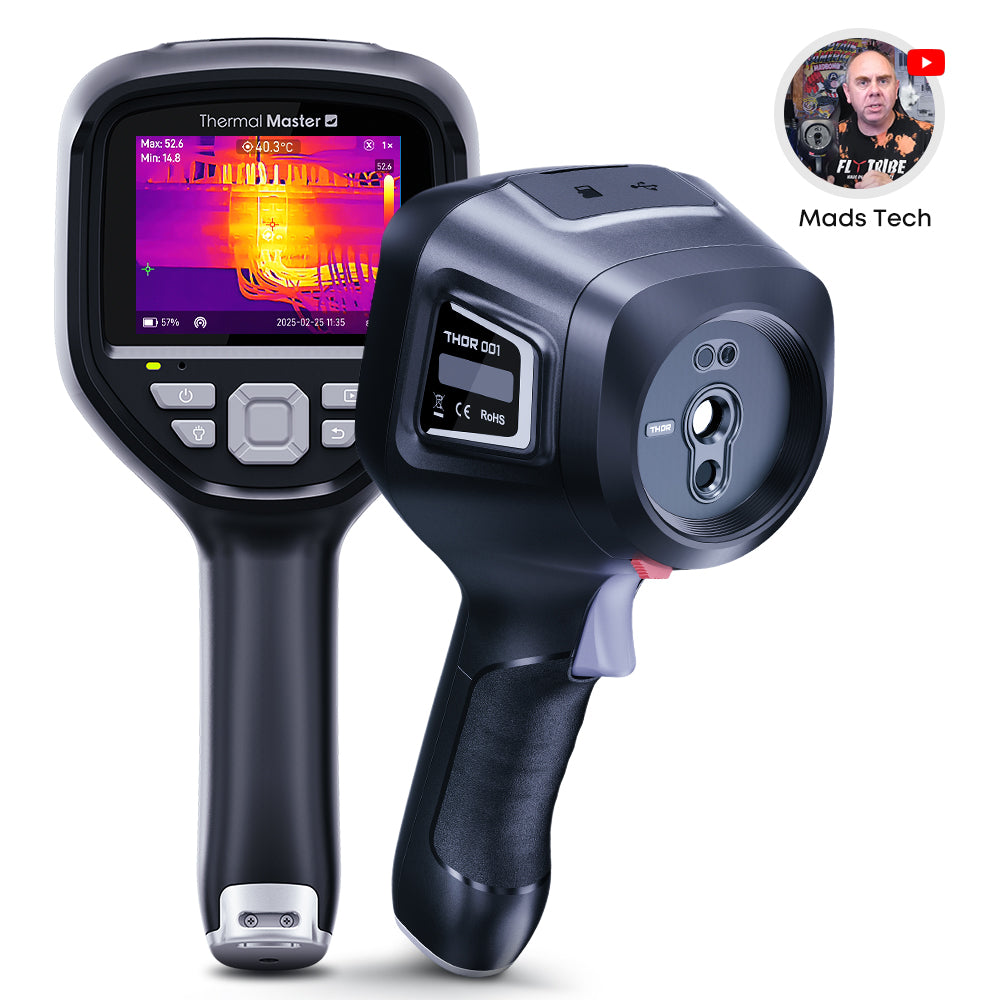

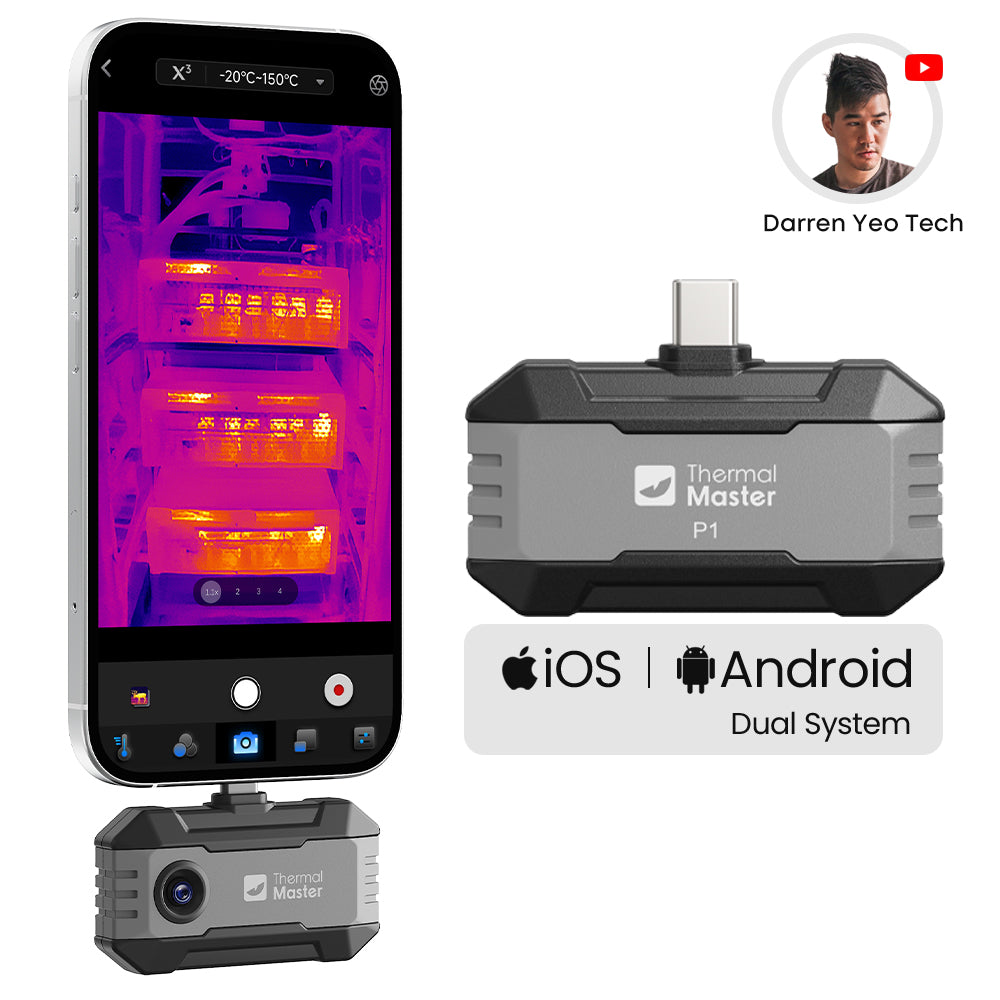
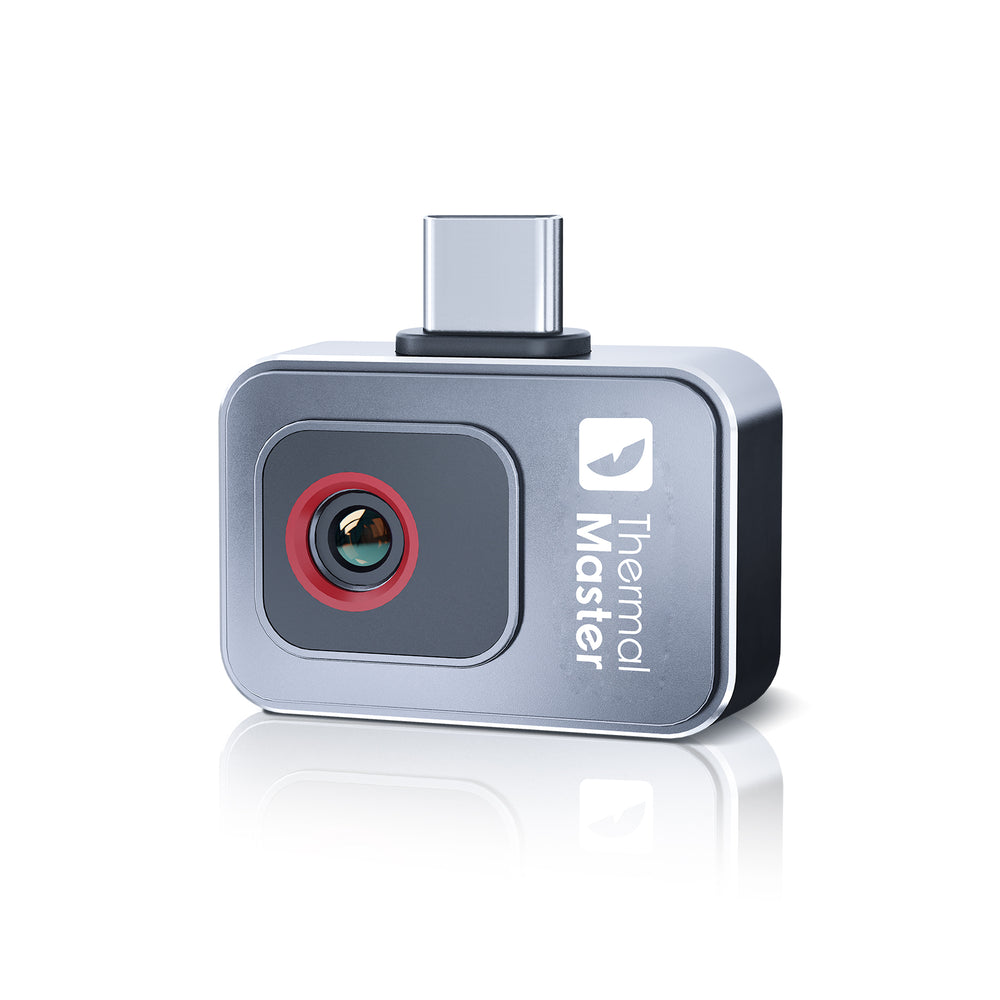
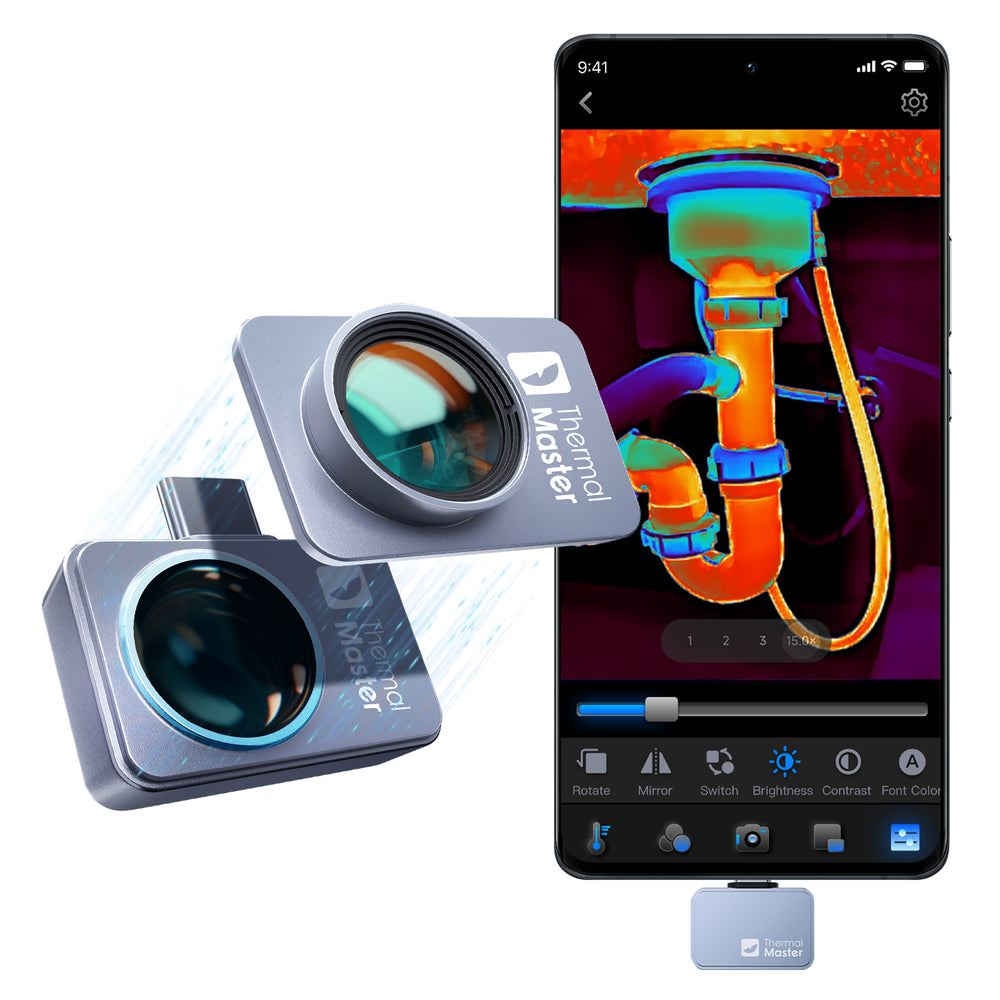
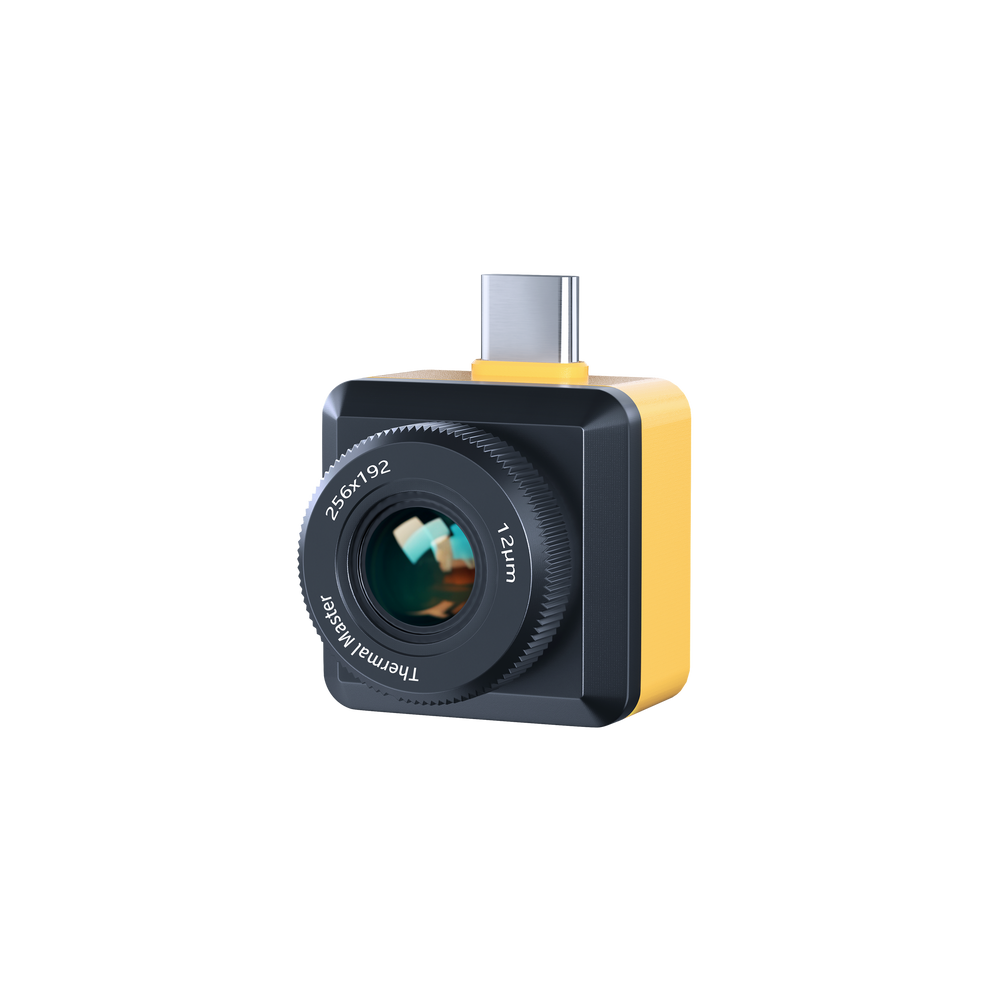
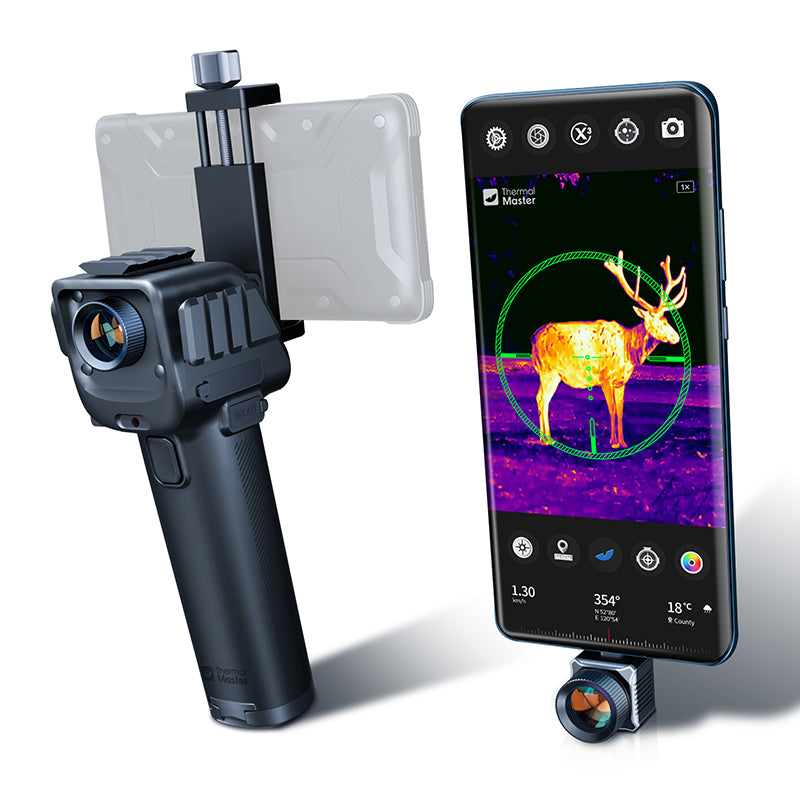
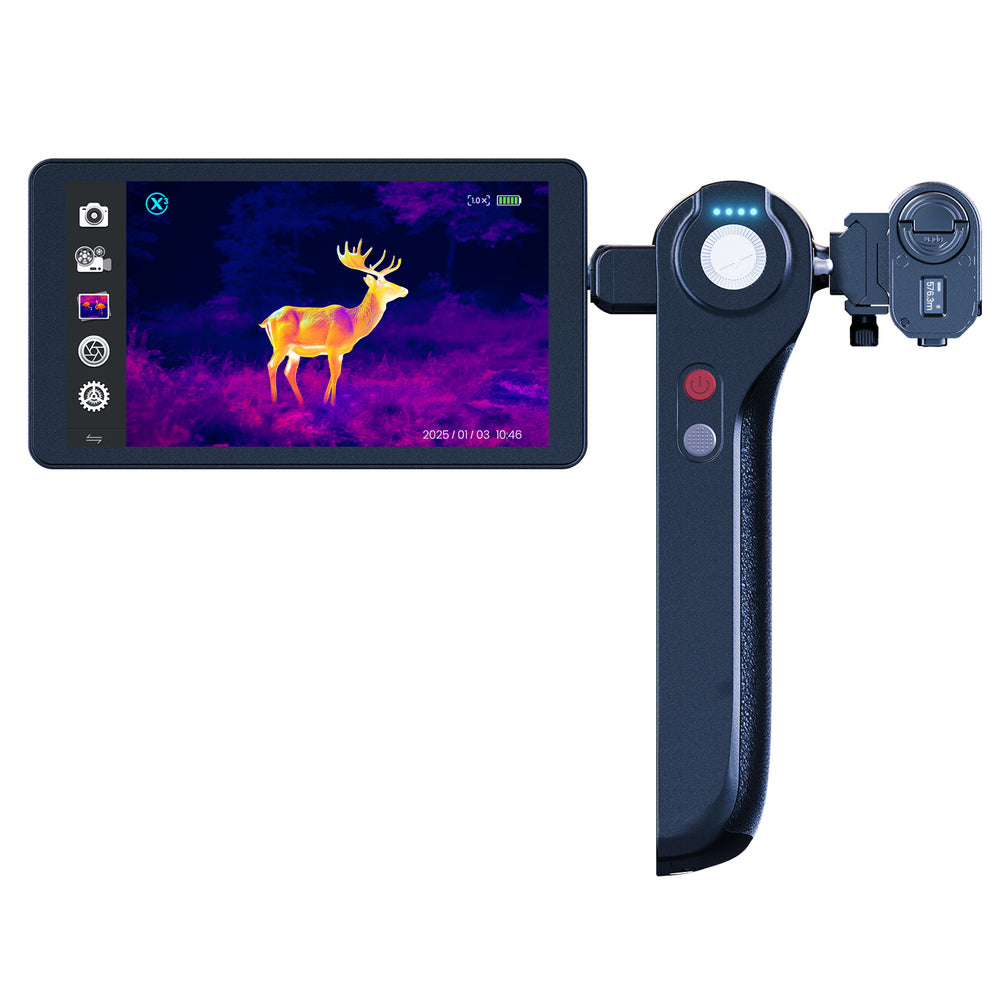
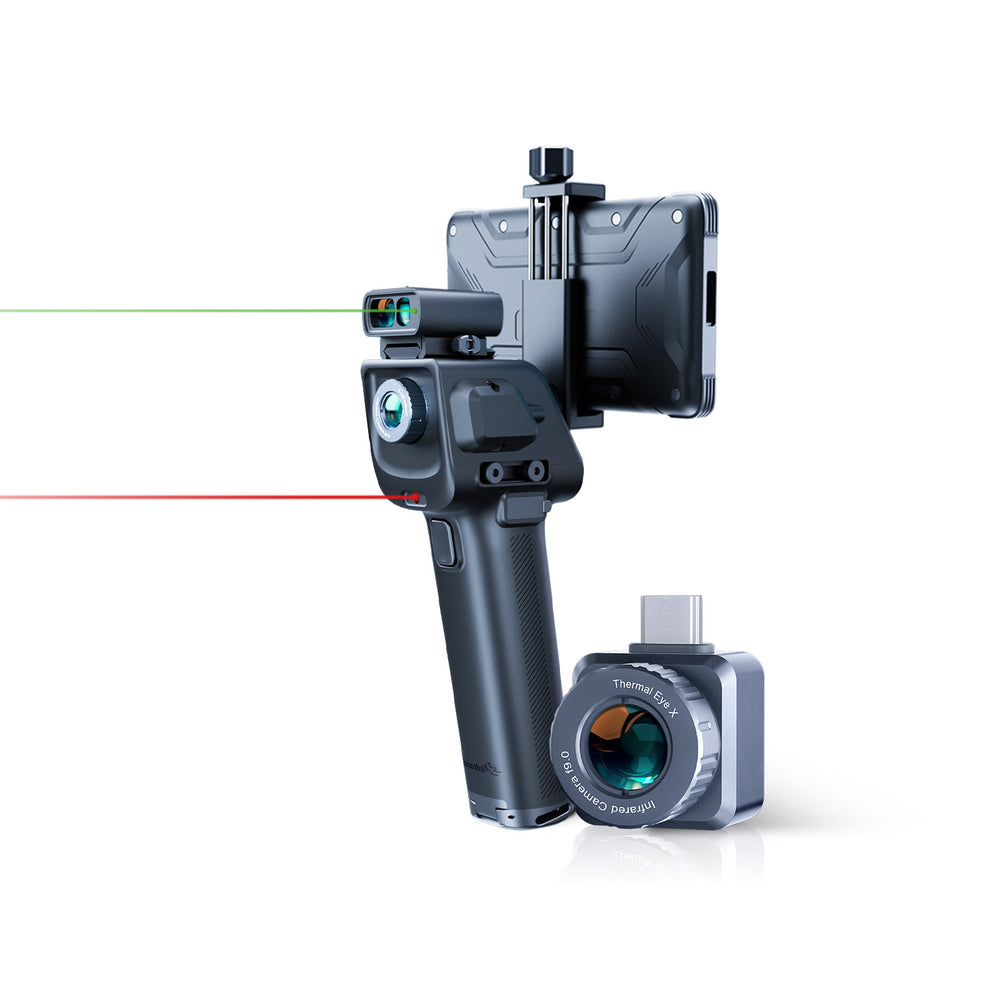
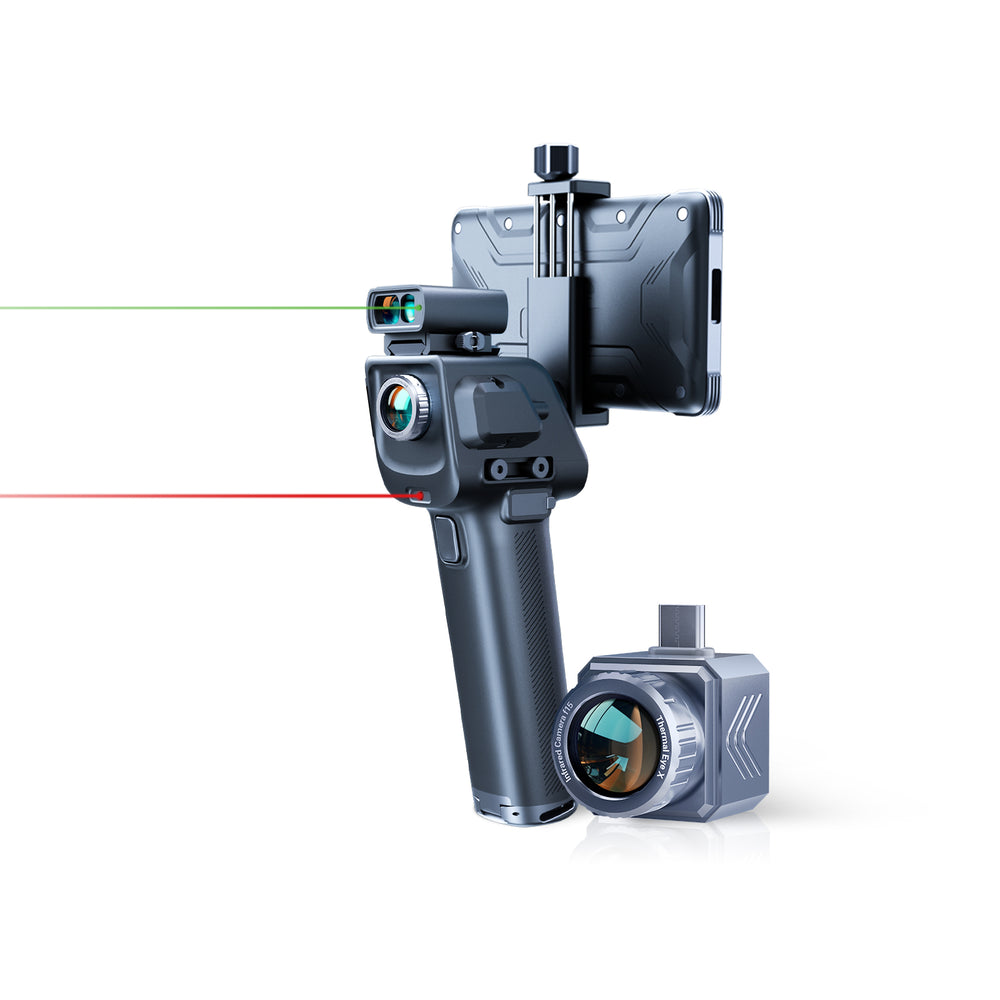
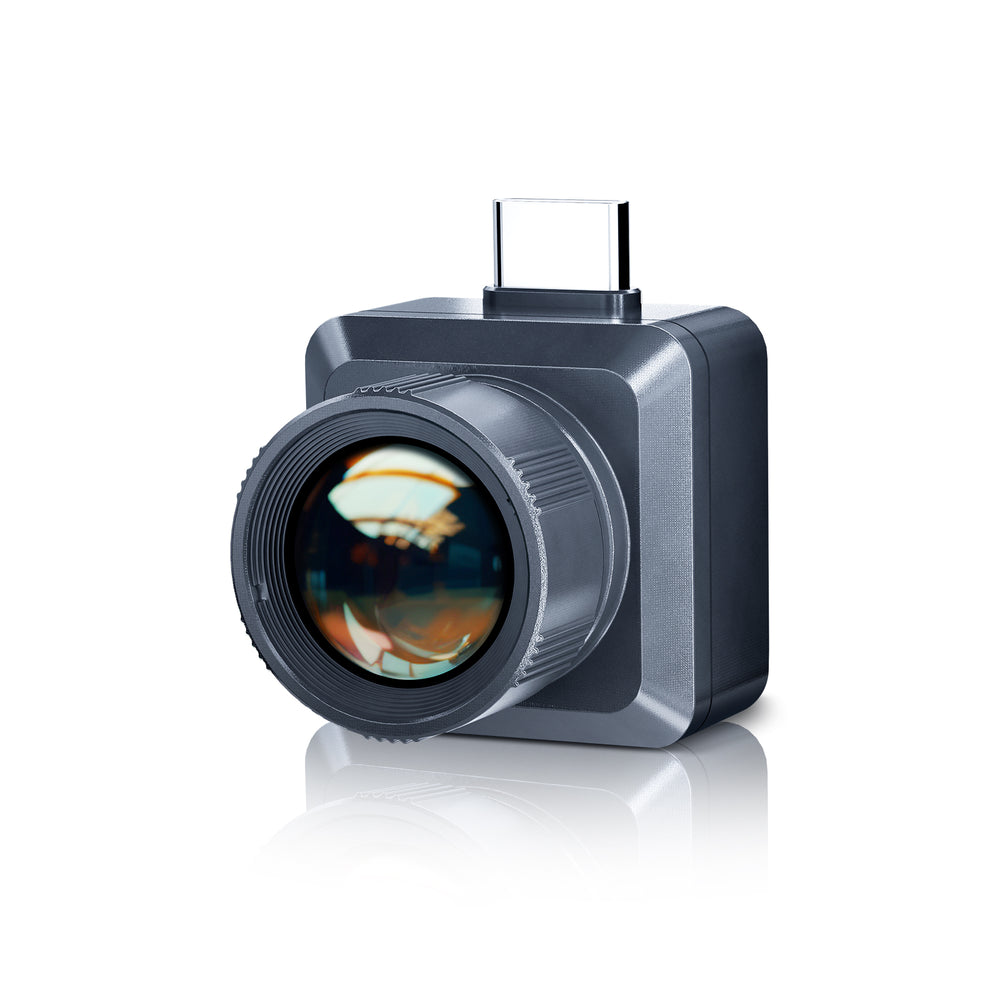
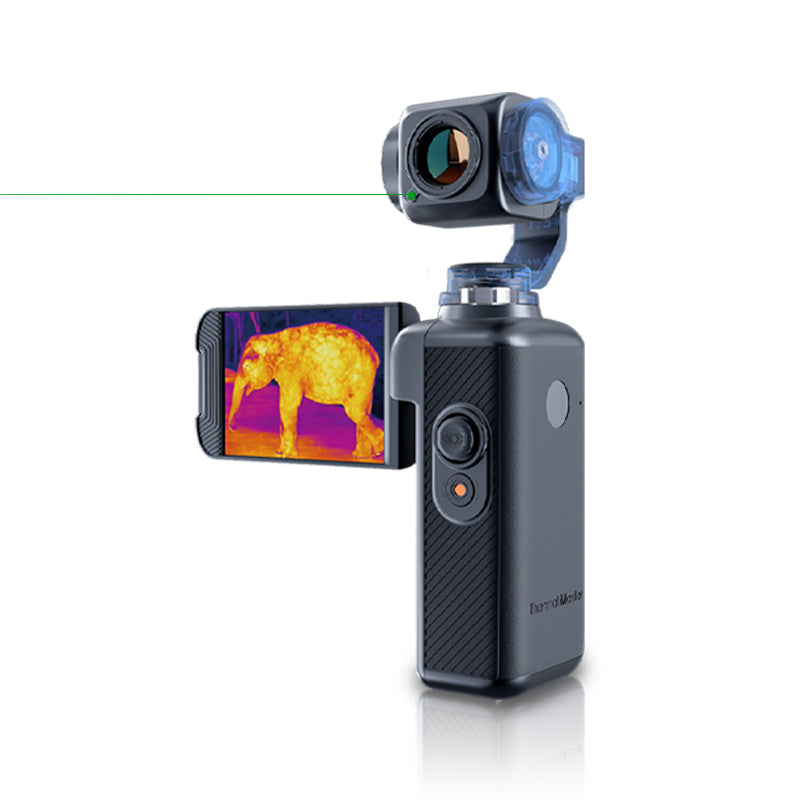
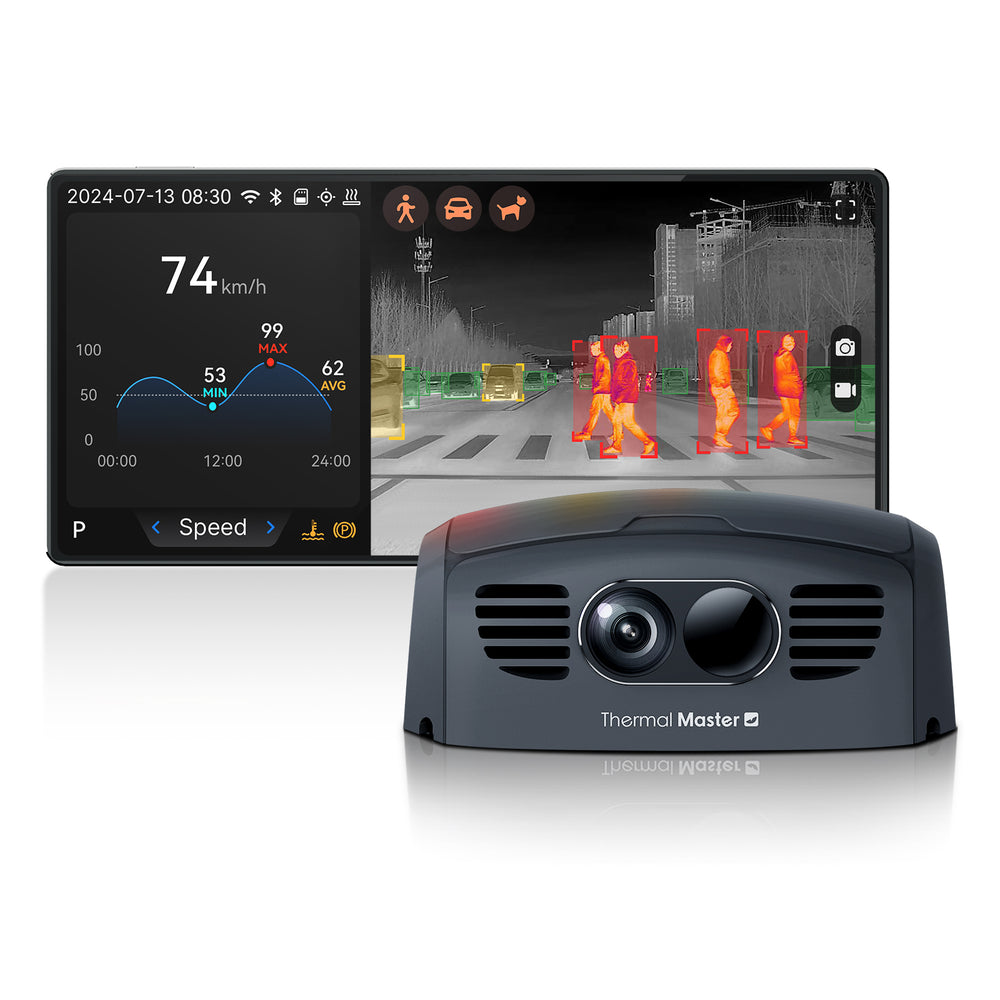
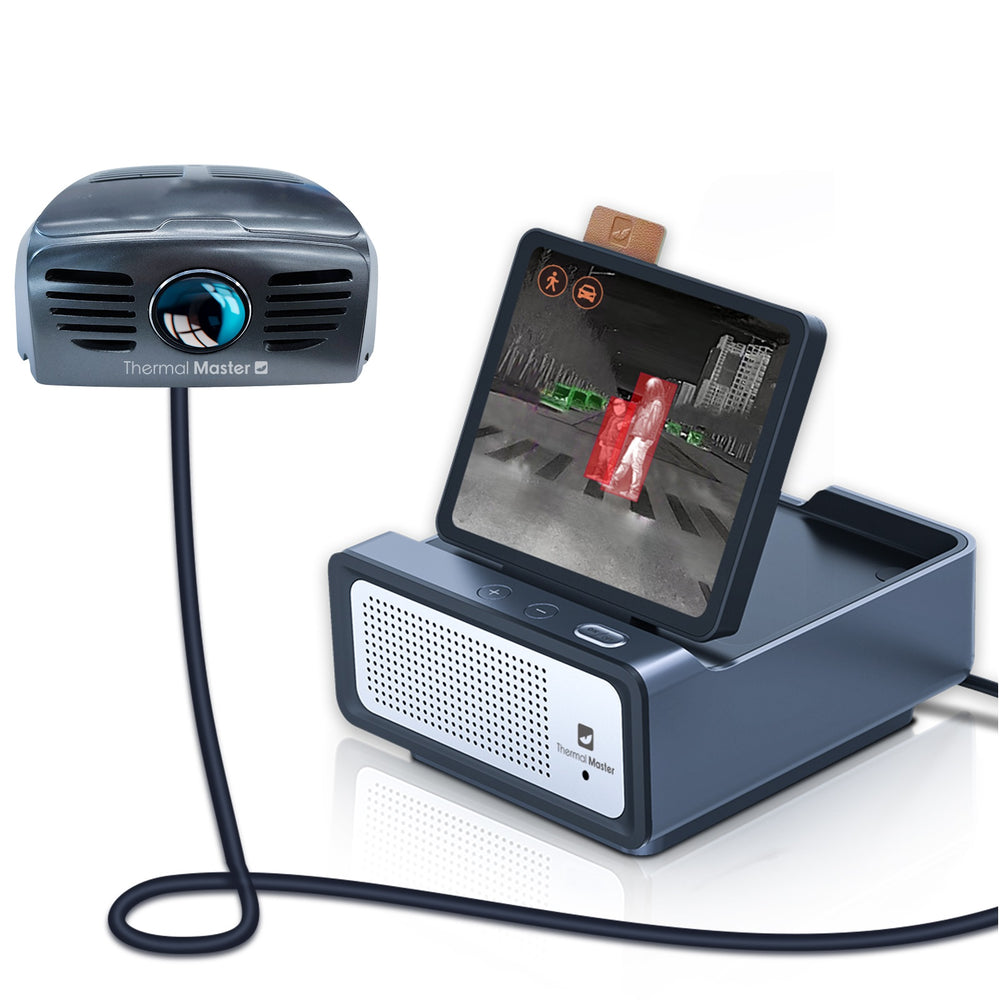
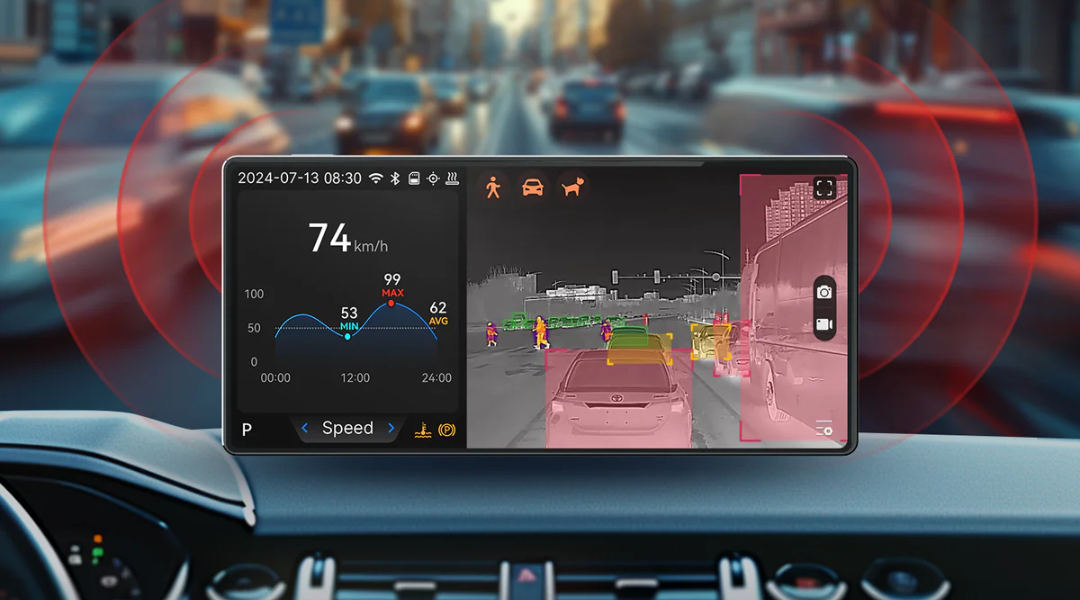
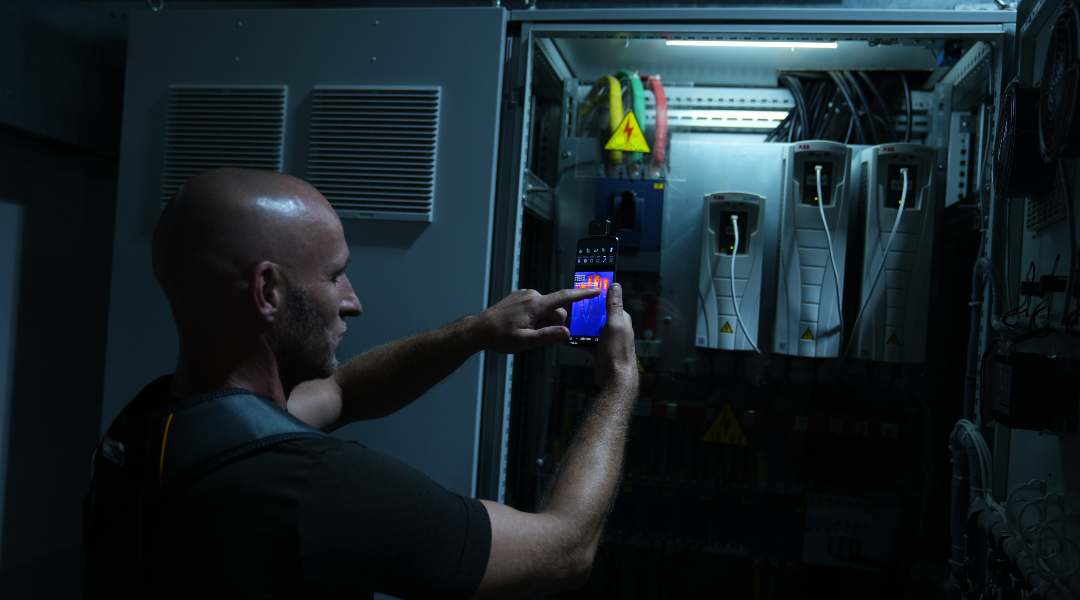
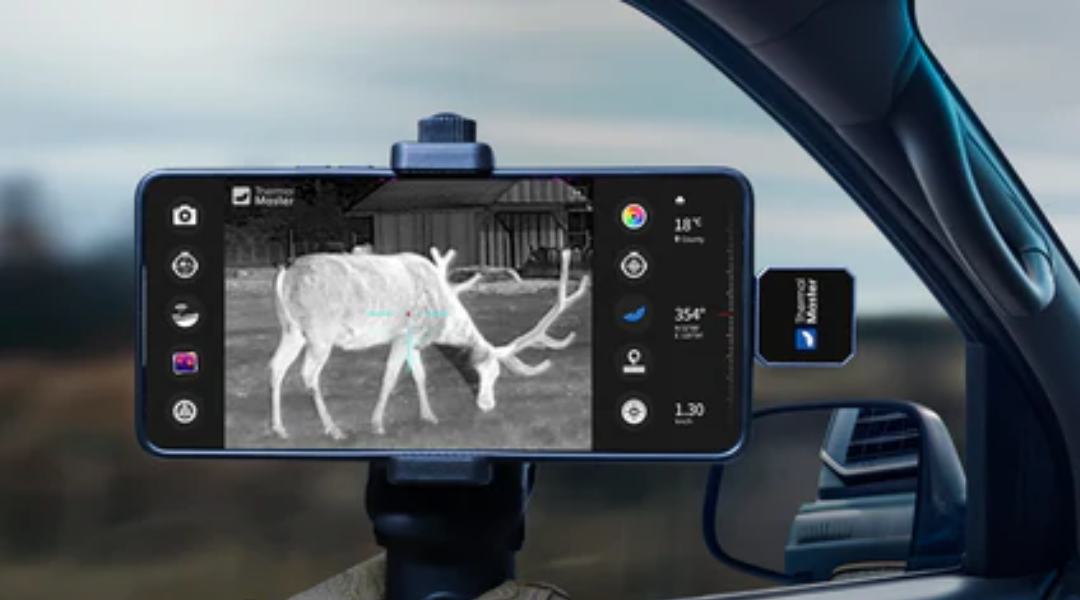
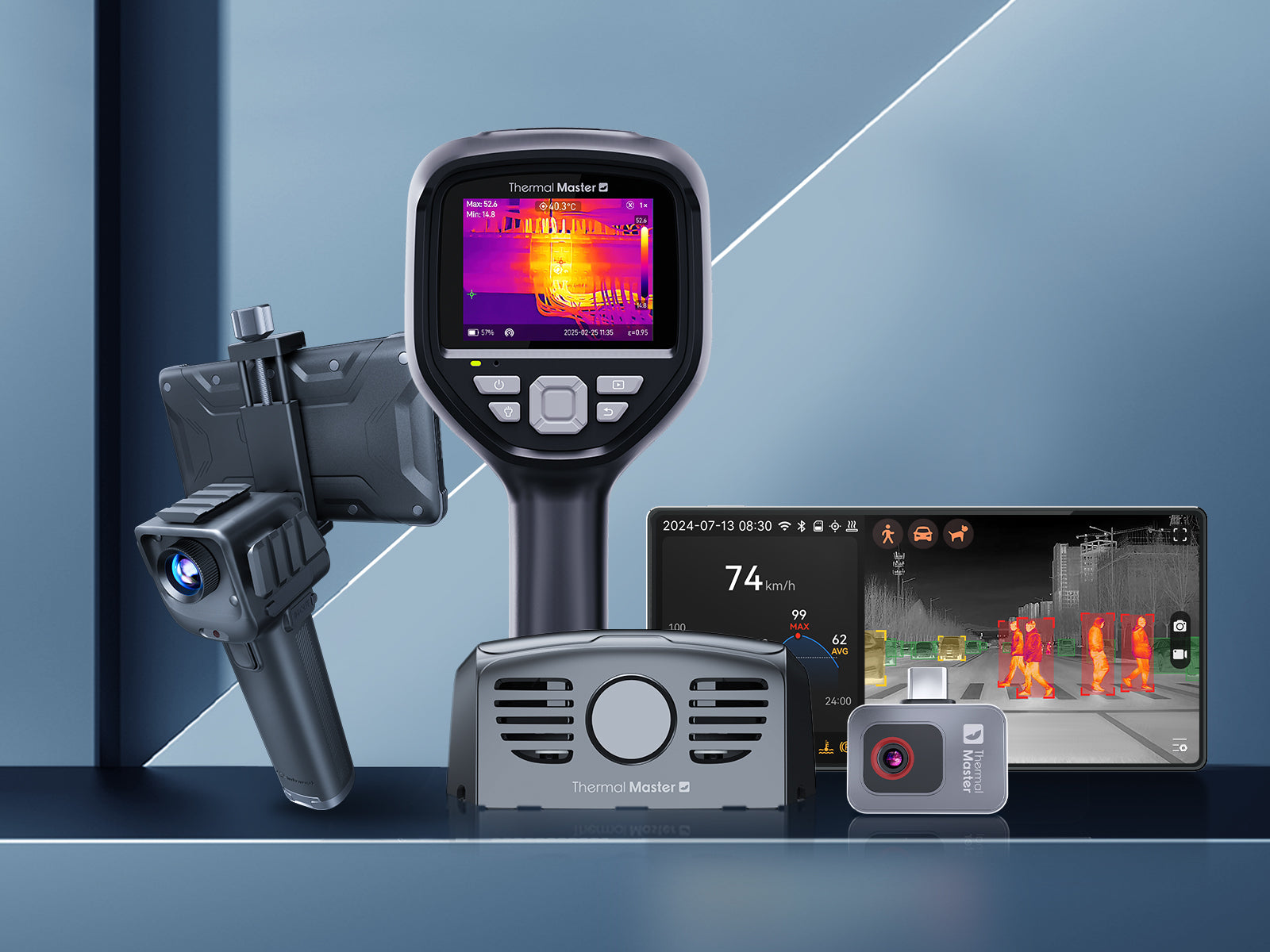
Leave a comment
All comments are moderated before being published.
This site is protected by hCaptcha and the hCaptcha Privacy Policy and Terms of Service apply.